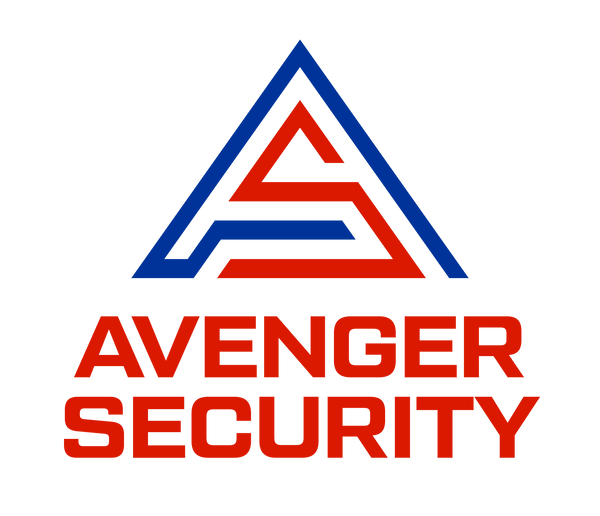Integration of Access Control System & Video System, Fortifying Your Security Infrastructure, Advantages of Access Control Integration
The Symbiosis of Access Control and Video Systems
Access Control Systems and Video Systems, while distinct in their functionalities, share a common objective: ensuring security. Access Control Systems manage and regulate entry to a premises, controlling who can enter specific areas at particular times. On the other hand, Video Systems provide visual surveillance, capturing real-time footage to monitor activities and events.
Integrating these systems involves linking them in a way that they work harmoniously to provide a more comprehensive and effective security solution. This synergy allows for real-time monitoring, seamless event correlation, and timely responses.
Understanding Access Control System
Access Control Systems are the digital evolution of traditional lock-and-key mechanisms. These systems employ electronic means to manage and restrict access to physical spaces. They encompass various components, including electronic locks, access cards or key fobs, biometric readers, and control panels.
An Access Control System grants access based on predetermined rules and permissions. For instance, only authorized personnel can enter certain areas during specific timeframes. This level of control ensures that access is granted only to individuals with the appropriate permissions, enhancing security and reducing the risk of unauthorized entry.
Exploring Video Systems
Video Systems, often referred to as Closed-Circuit Television (CCTV) systems, involve the use of cameras to capture and transmit video footage. These systems have become integral to surveillance, enabling the monitoring of areas and events remotely.
Modern Video Systems offer features such as motion detection, high-definition imaging, and remote access to live feeds. This technology empowers security personnel to observe activities in real time and review recorded footage when needed.
The Power of Integration
Integrating Access Control Systems and Video Systems creates a unified security ecosystem that offers a range of benefits:
- Real-time Event Correlation:
By linking access events with corresponding video footage, security personnel can better understand the context of a situation. For example, if an unauthorized access attempt occurs, the system can display the associated video feed, allowing operators to assess the situation immediately.
- Enhanced Monitoring:
Access Control System and Video System integrations enable live monitoring of entry points. Security personnel can view who enters and exits a premise in real time, increasing situational awareness.
- Rapid Response:
In the case of a security breach or unauthorized access, integration allows security personnel to take immediate action, such as remotely locking down a door or dispatching security personnel to the location.
- Investigation and Forensics:
In the event of an incident, recorded video footage can be reviewed to gain insights into what transpired. This footage can be crucial for investigations, audits, and legal proceedings.
- Alarm Verification:
Integration enables visual confirmation of alarms. When an access control alarm is triggered, security personnel can quickly review the associated video feed to verify the nature of the event.
- Centralized Management:
Integrated systems often provide a centralized management platform where administrators can configure access permissions, view video feeds, and manage security settings from a single interface.
- Streamlined Operations:
By having access control and video monitoring in a single system, security personnel can efficiently manage security protocols without toggling between multiple platforms.
- Customized Responses:
Depending on the situation, integrated systems can be programmed to trigger specific responses. For instance, a forced entry can automatically prompt the camera to focus on the affected area and notify security personnel.
Choosing the Right Integration
Selecting the optimal Access Control System and Video System integration requires careful consideration:
- Compatibility:
Ensure that the chosen Access Control System and Video System are compatible and can seamlessly integrate without technical issues.
- Scalability:
Consider systems that can scale to accommodate the growth of your facility and security needs.
- User-friendly Interface:
The integration platform should offer an intuitive interface that is easy for security personnel to navigate and operate.
- Technical Support:
Choose a system with reliable technical support to address any issues that may arise during setup or operation.
- Future-proofing:
Opt for systems that can adapt to future technological advancements to ensure that your security infrastructure remains effective over time.
The integration of Access Control Systems and Video Systems represents a paradigm shift in security management. By combining the capabilities of these two systems, organizations can create a robust and interconnected security infrastructure. From real-time event correlation to streamlined operations, the benefits of integration extend to various facets of security. As technology continues to evolve, the potential for Access Control System and Video System integrations to shape the future of security is undeniable, offering a more proactive and responsive approach to safeguarding environments of all kinds.
Security systems are no longer stand-alone. They work collaboratively in today's high-tech world to build a stronger, more efficient defense against threats. One such collaboration is the integration of access control systems with video systems. It combines physical security barriers with video verification, providing an unparalleled level of security.
Fortifying your security infrastructure doesn't just mean installing more systems; it means creating smarter, stronger systems that work together. The integration of your access control system with your video systems does just this. This pair works together to prevent unauthorized access into secured areas, providing a real-time visual verification that enhances the effectiveness of the access control systems.
With access control integration, you have a comprehensive view of who is in your premises at any given time, giving you greater control over the safety of your space. Not only does this enhance security, but it also improves operational efficiency in managing permissions and identities. Access control integration also enables faster response times, as video verification can quickly validate or rule out alarms. The end result is an significant improvement in overall security posture.

